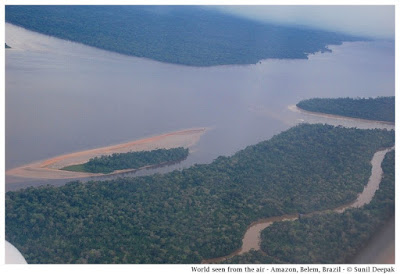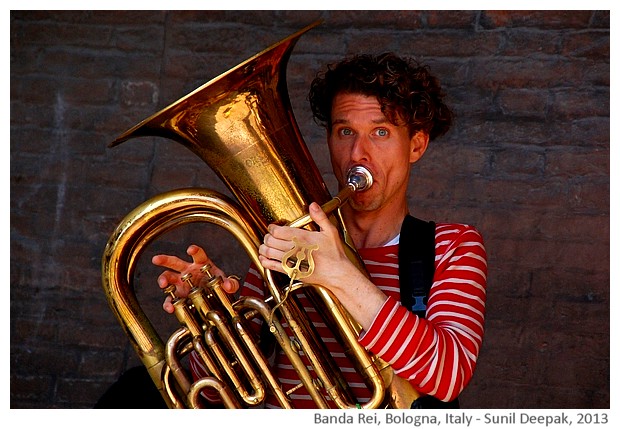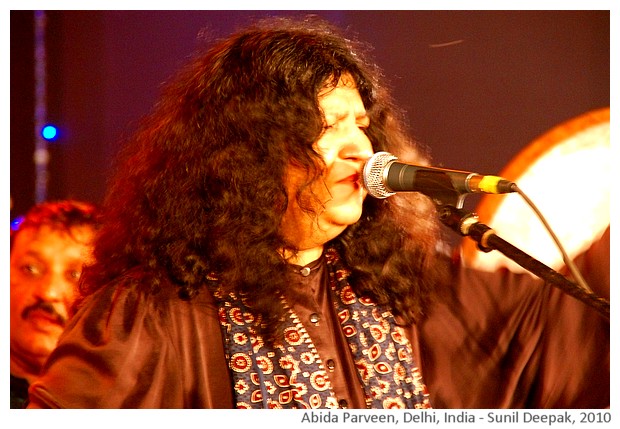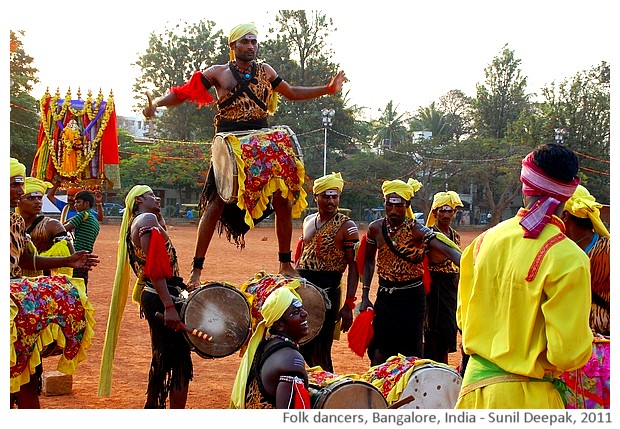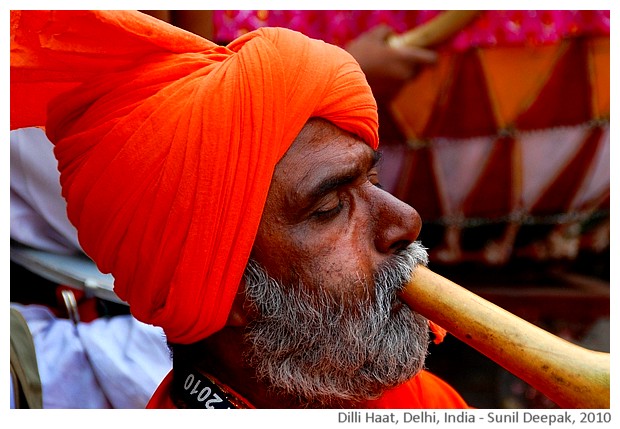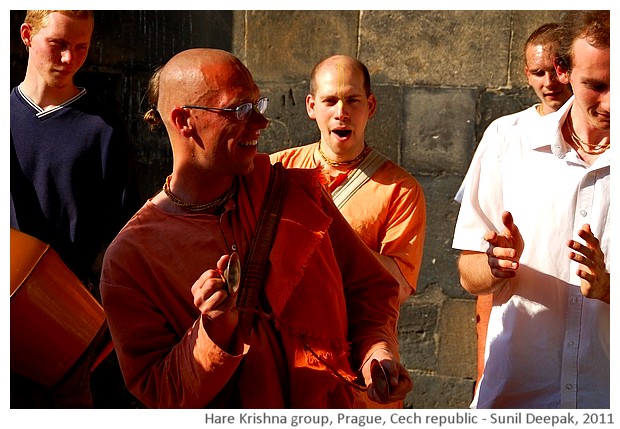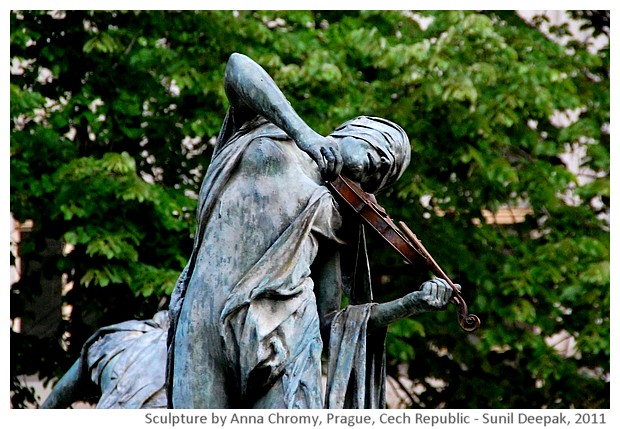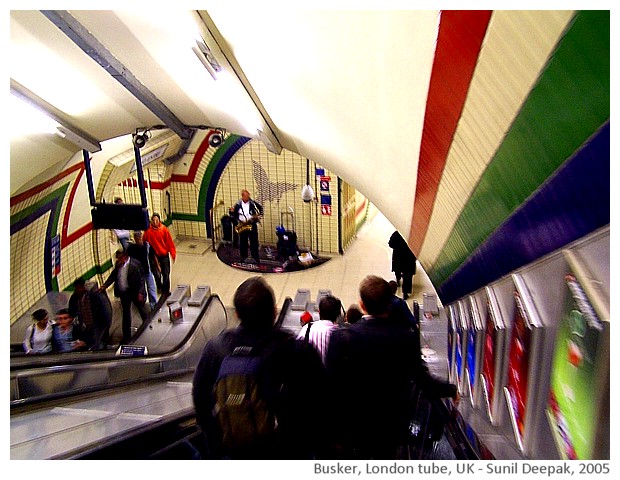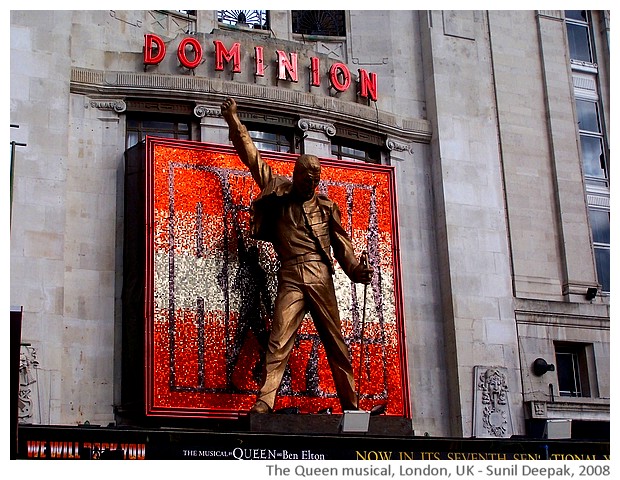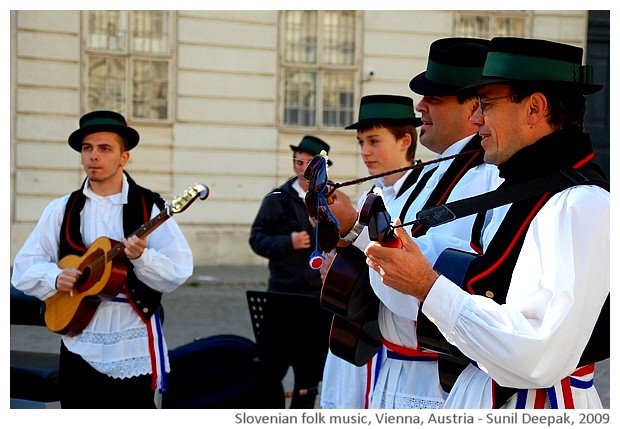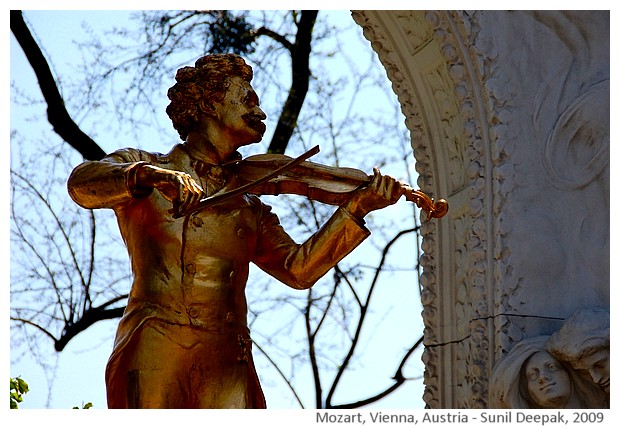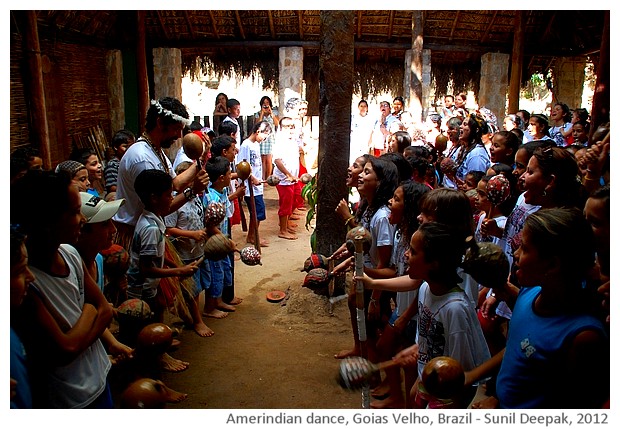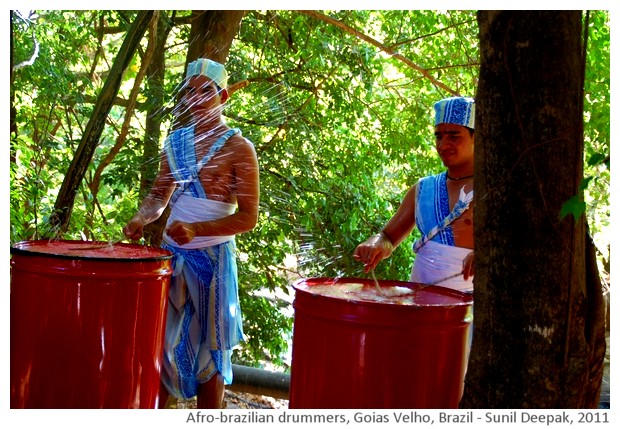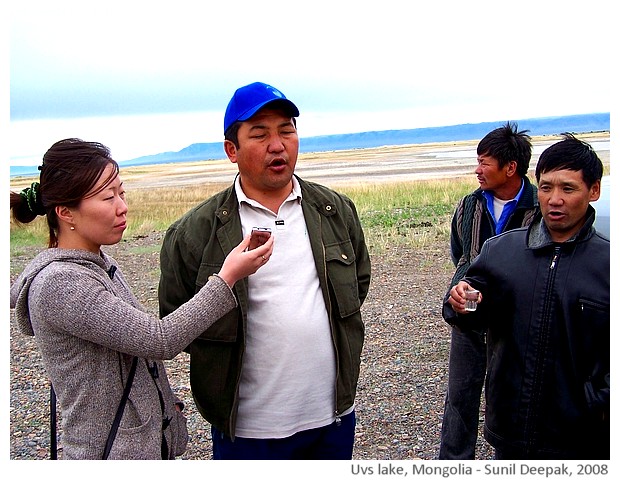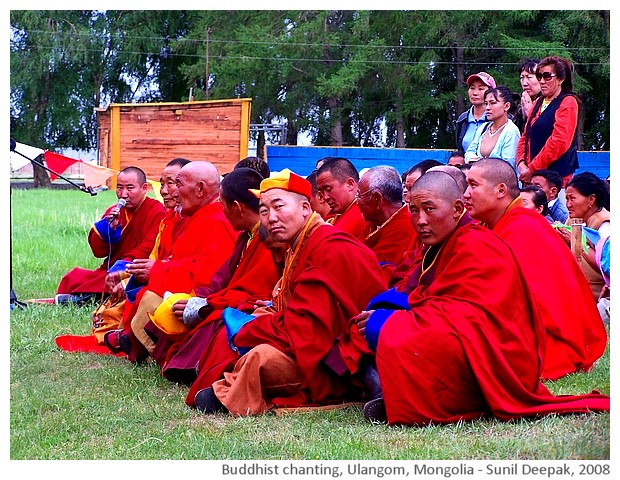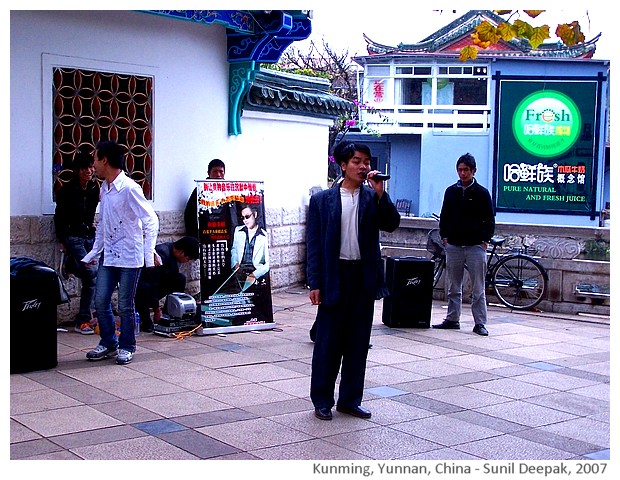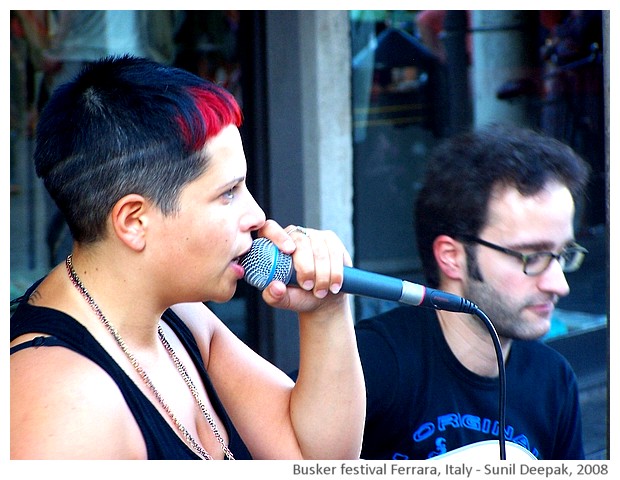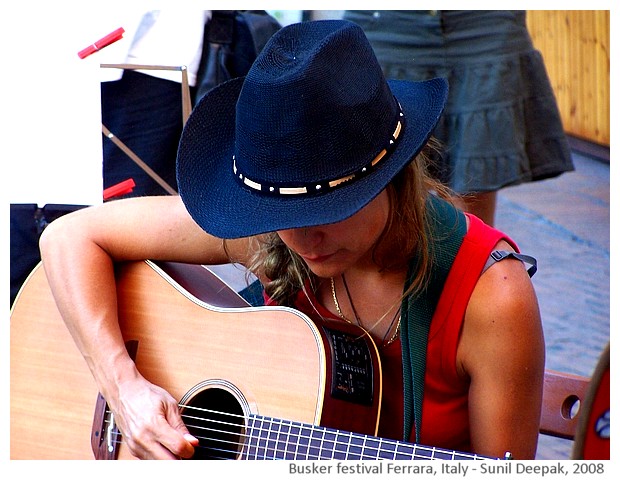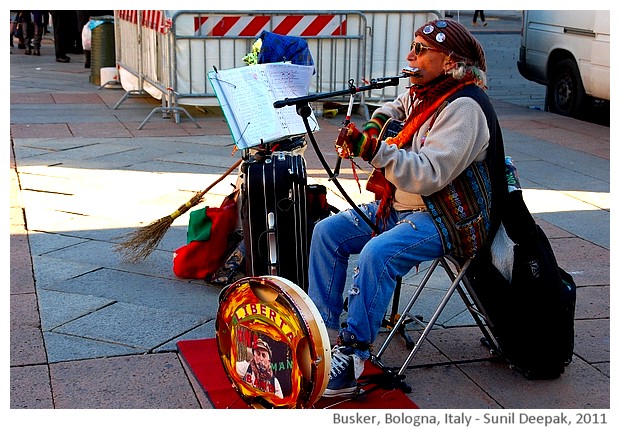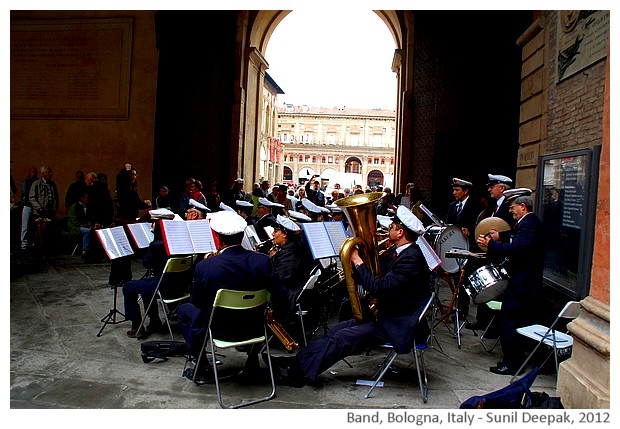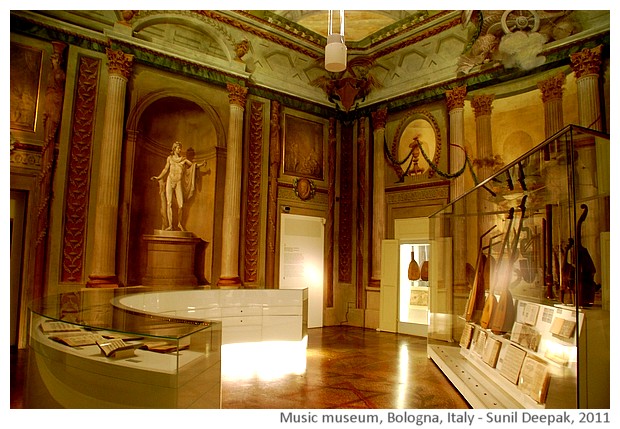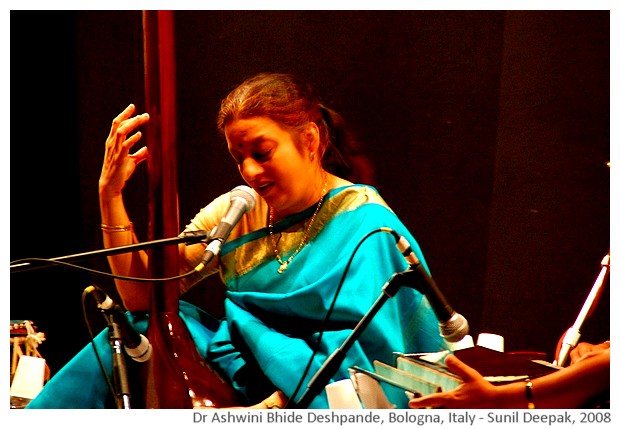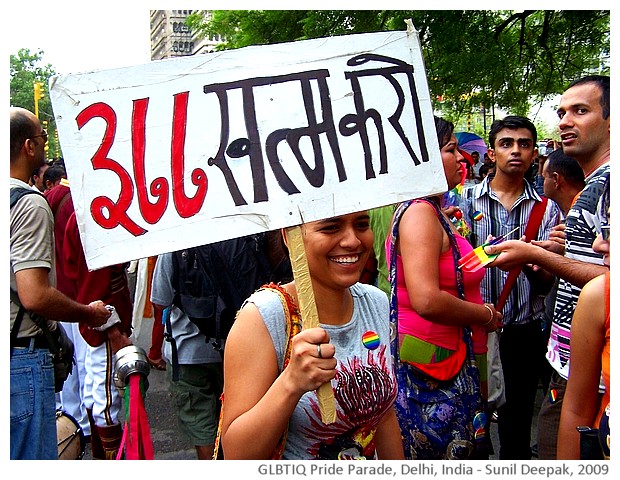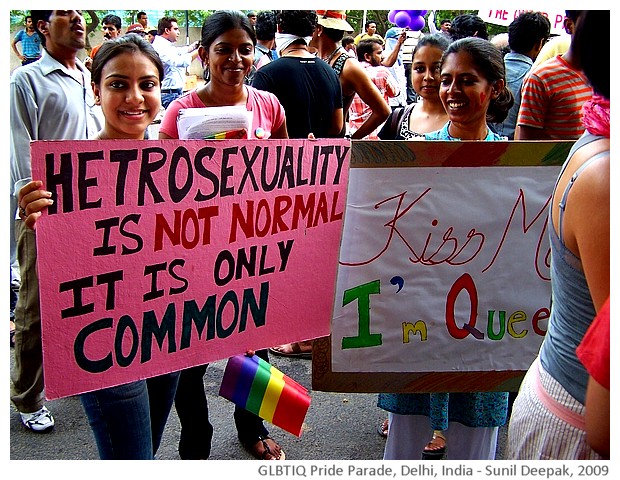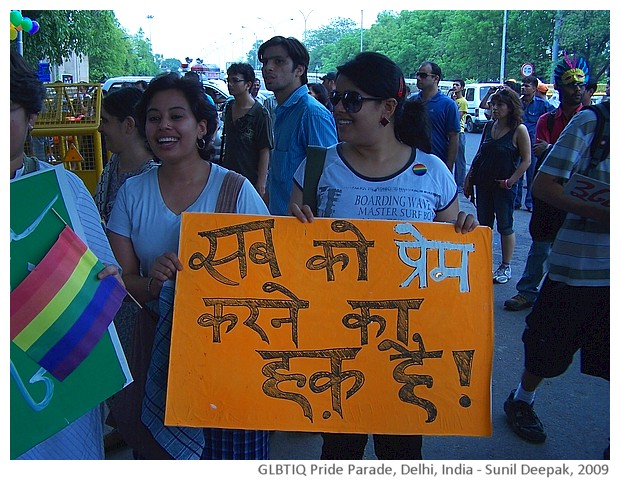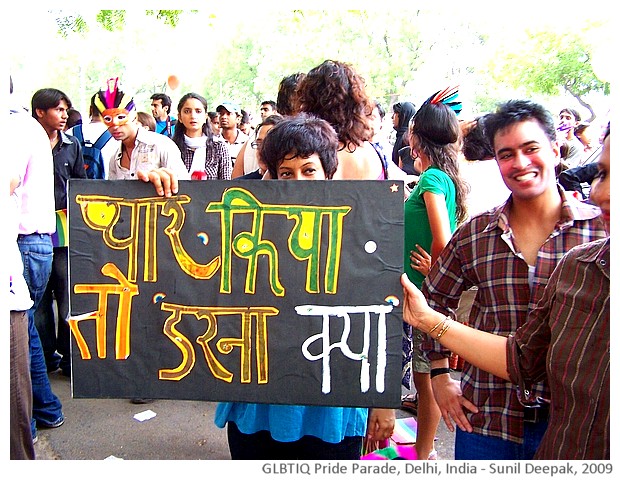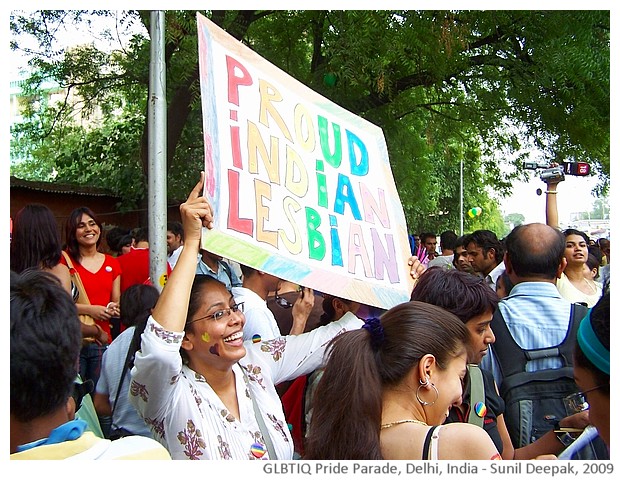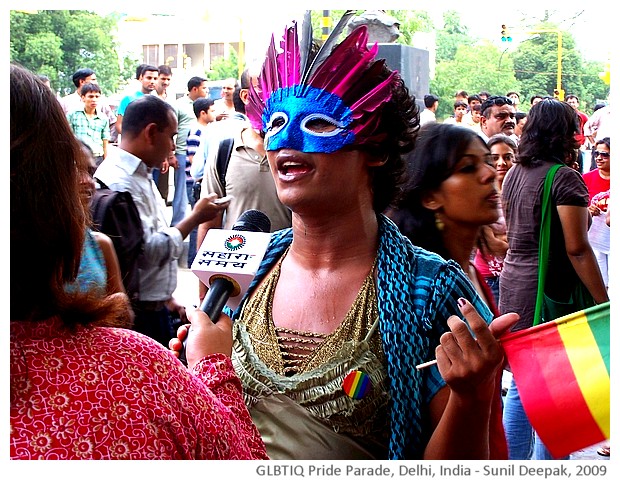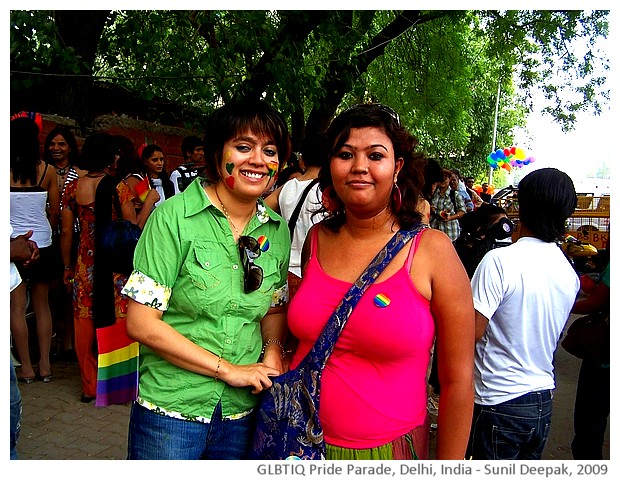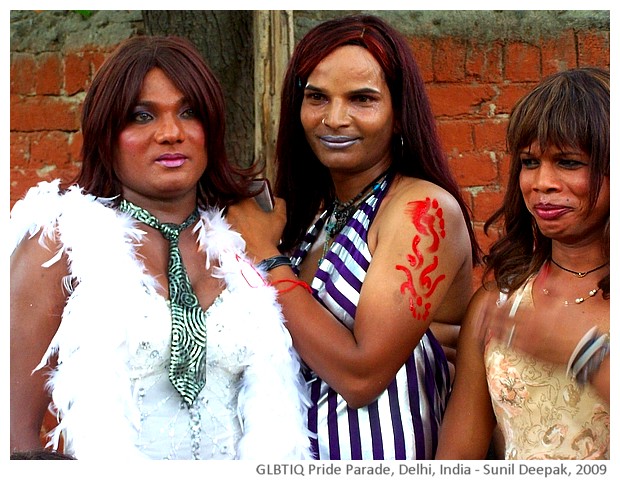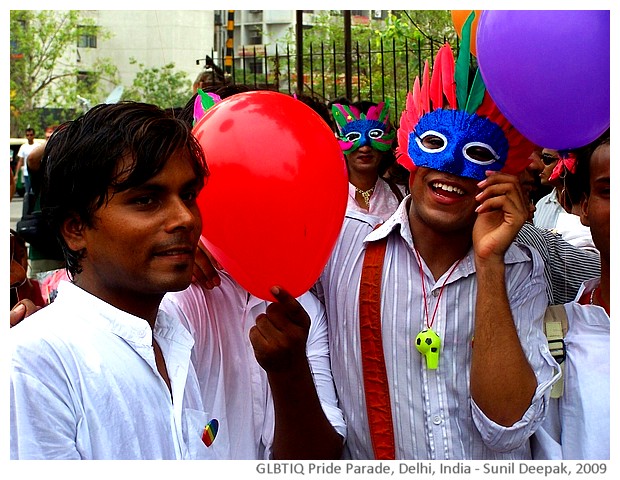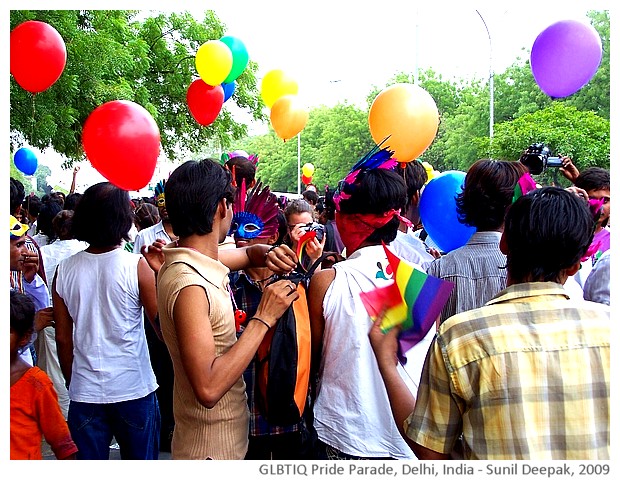Chinese-American author Yiyun Li has written a new book, "Things in Nature Merely Grow", about the suicide of her younger son, James. This post is about this book.
Yiyun Li
About twenty years ago I had encountered Yiyun Li, through her first book, "A Thusand Years of Prayers". That book had immediately captured me. It has her stories about Chinese lives, both in China, as well as in the diaspora, especially in the USA.
Yiyun Li had arrived in the USA as a science student in 1996. While doing a PhD in immunology, she decided that she was actually interested in writing. In 2005, she completed a masters in fine arts and in that same year, her first book, "A Thousand Years of Prayers" came out.
When I had read her first book, it was the time when I used to dream of giving up my job and to dedicate the remaining years of my life to writing. When I had read about her, I was really envious. She had chosen the path that she really wanted. She also had a talent for entering people's minds and to make them come alive through her words, and, her writing voice was distinctive, different from other American and European writers.
I think that many years ago, I had already written about her in one my blogs. Over the past twenty years, I have read some of her other books.
Things in Nature Merely Grow
However, it is her latest book, "Things in Nature Merely Grow", which has prompted this post. In this book, she writes about the deaths of her two sons, both by suicide.
This is how she tells about it in the first chapter of her book: "There is no good way to state these facts, which must be acknowledged before I go on with this book. My husband and I had two children and lost them both: Vincent in 2017, at sixteen, James in 2024, at nineteen. Both chose suicide, and both died not far from home; James near Princeton Station, Vincent near Princeton Junction."
For her first son, she had already written a fiction-memoir, "Where Reasons End". It is composed of 16 chapters, one for each year of his life, and is about the dialogue between a mother and her dead son.
Her latest book, "Things in Nature Merely Grow", is both heart-breaking and exquisitely written. In an interview for The Guardian about this book, it says, "For months after his death, Li worried that she lacked the vocabulary to write about James, but then she began writing and realised “of course I could do this, this is what I do”. Things in Nature Merely Grow, her memoir of losing her sons, is resolutely unsentimental, and yet it might wind you with its emotional force. She wrote it in less than two months. Often people ask her if writing the book was cathartic. “No, never!” she replies. If it offered solace, “it was the solace of thinking”. “When I was writing the book it felt like I was at the centre of a hurricane. The eye of the hurricane is the stillest place. It’s very quiet and clear,” she says. And then she finished writing, and she stepped back into the hurricane. “My life goes on as a very strange woman,” she tells me, strange because her losses are so extreme: “Going out, people will always look at me and say, ‘Poor woman’."
I can vouch for the emotional force of her writing, for I cried many times while reading it. In the interview, she says, “My children were not my burden. My sadness is not my burden.”
I wonder what kind of mental detachment would be needed to continue to be a writer, and to talk about it in interviews, so soon after a tragedy? As a parent, to be able to do it, perhaps it would need a kind of dissociation, a kind of schizophrenia, to be able to go on?
For example, in the following paragraph, she writes about personal objects of her sons - "Objects don’t die. Their journeys in this physical world, up to a certain point, are parallel to the trajectories of the humans to whom the objects belong. Then comes the moment when the separation happens. Vincent’s phone became a phone, James’s backpack, a backpack. They became objective objects, left behind in strangers’ hands."
To Conclude
Let me conclude this post with another paragraph from her book: "Learning a new alphabet—for weeks and months I’ve held on to that notion. James was a different child than Vincent, and James’s death left us in a different place than Vincent’s death. And yet a new alphabet can only be symbolic, as I have but this old language to work with. Words tend to take on a flabbiness or a staleness after a catastrophe, but if one has to live with the extremity of losing two children, an imperfect and ineffective language is but a minor misfortune.
There is no good way to say this: words fall short."
While I read her book, I feel as if her writing is like a pencil-sharpner, which she runs around herself, cuts her own surface and core, and then wields herself like a knife to carve the words covered with blood.
***

















